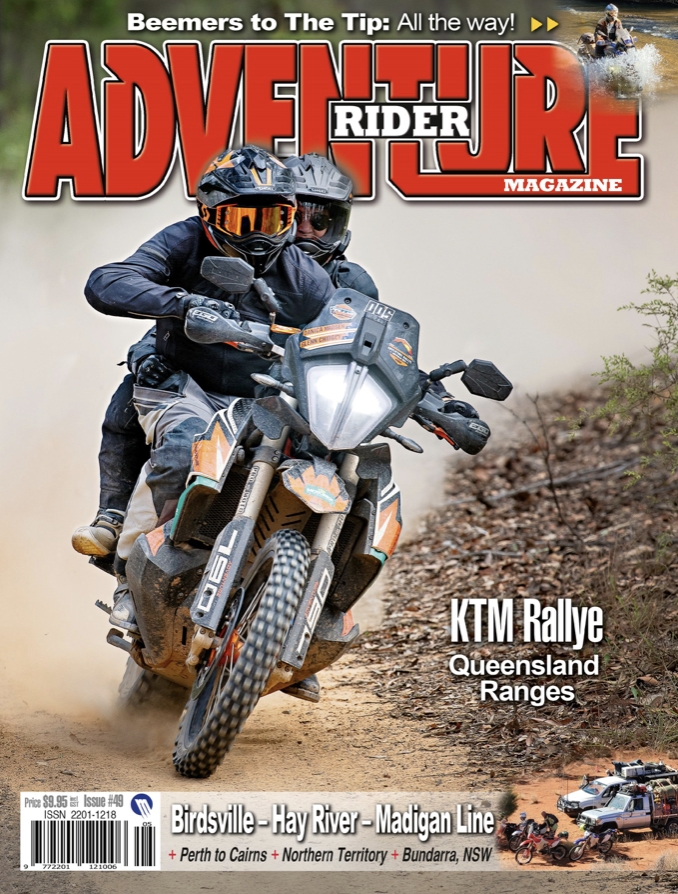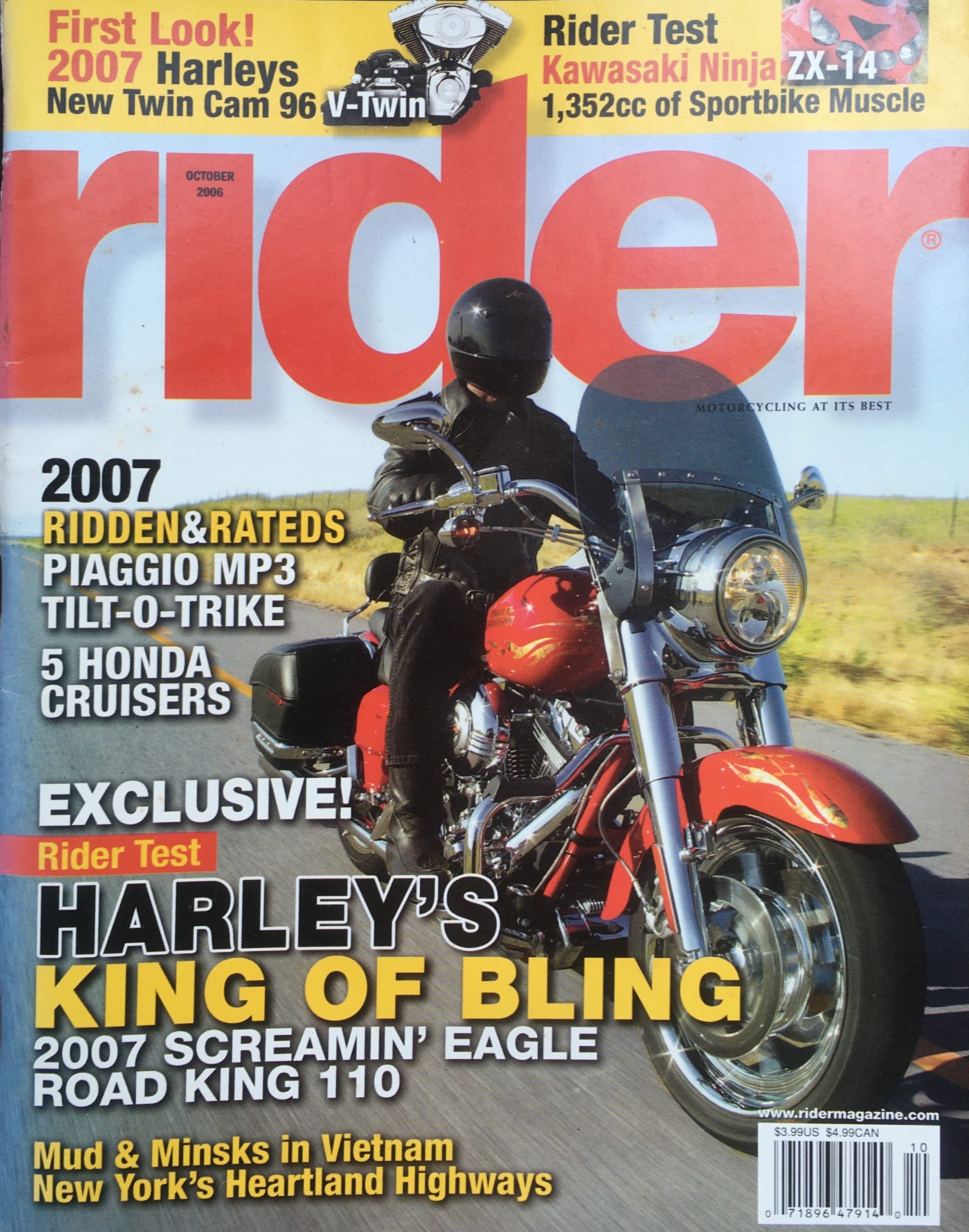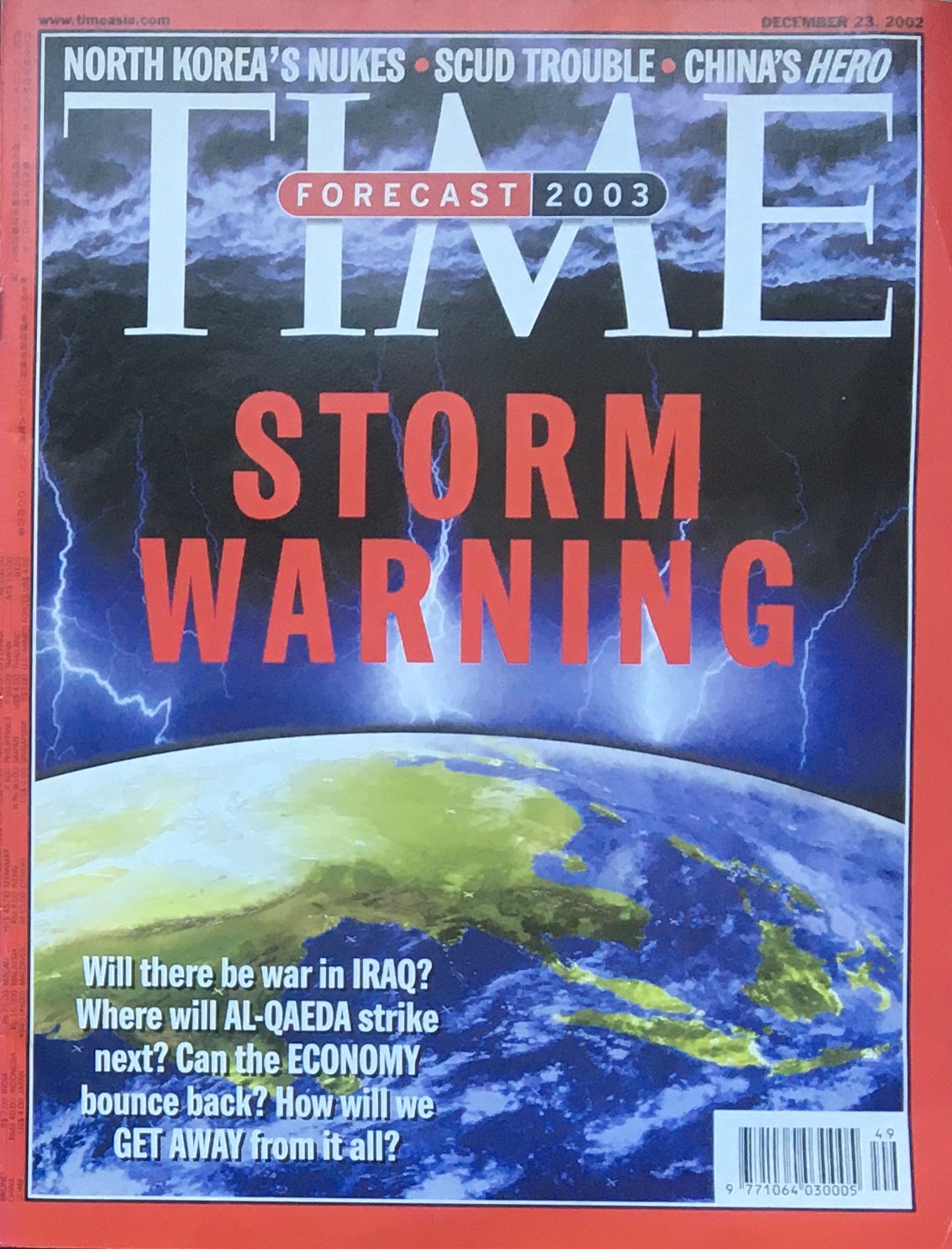American Association of Singapore: Singapore American
Riding the “Old Buffalo” in Vietnam
by Glenn van Zutphen
The Buffalo
It’s over 42°C under a blazing, Vietnamese summer sun; sweat rivers down my body. Our gang of six is shuffling around a stifling hot and dusty garage on the outskirts of Hanoi that’s packed with vintage, Soviet-made Minsk motorcycles. Despite the discomfort of being fully-clothed in riding gear and carrying heavy packs, we’re captivated by the jumble of over 80 bikes. Shirtless, local workers sift through parts hanging on the wall or gathered in piles on the floor in their quest to restore or repair these communist-era relics. A huge industrial fan, blades several feet in diameter (with no protective cover), slices the air in a vain attempt to move it. It’s exactly the kind of interesting and dangerous place in which any boy could spend hours.
But time is limited. Our guide and Minsk guru, Digby Greenhalgh, is giving a safety briefing on the finer points of using these bikes before we start an eightday, 800 kilometer ride through northeast Vietnam. He promises it won’t be easy, but will be worth any hardship we might face. Our plan is to drive up to the border with China by the ‘Friendship Gate;’ visit the hill tribe areas of the Nung, Tay and H’mong peoples; view the Ban Gioc Waterfall along the Chinese boarder; drive through the areas where the Viet Minh forces were based and carried out attacks against the French, Chinese and the Americans; take a leisurely boat trip on the pristine Ba Be Lake; and have a couple of overnight homestays.
Soon we six, hulking foreigners, plus Digby and Hai (our awesome Vietnamese mechanic), are buzzing down a four-lane highway, Hanoi at our backs, uncomfortable seats under our bums. All of us wear head-to-toe riding gear, just in case. Huge, aggressive trucks and buses blow past us and we later learn from Digby that it’s very common for the drivers to be drinking and/or drunk much of the day.
Throngs of newer Honda scooters whizz by. Most riders wear facemasks or bandanas and sun glasses to keep out the grit and protect from the merciless sun. They look at us, as do people by the side of the road, with a mixture of shock and curiosity… smiles or laughter usually follow. Our oily-smoke spewing, twostroke, machines whine loudly as we push through the outskirts of town and what quickly becomes suburban rice-paddy land. Based on our current carbon footprint, this won’t be an eco-ride.
The Minsk first came to Vietnam in the 1960s from the Soviet Union. They gained popularity over the decades for their ability to carry just about anything, anywhere. In a country that was used to the bicycle and buffalo cart, “the old buffalos” as locals call the Minsks, were indispensable in driving the country into the modern transportation age.
Young Vietnamese long ago gave up these dirty, noisy beasts and can’t seem to figure out why anyone would want to willingly spend time on them. But in recent years, they’ve become de rigeur for cool, Hanoi-based expatriates who’ve found that they’re great for touring in the most remote areas of the country, easy to fix, last forever and have an air of “Communist Chic.”
Two hours out of town, it feels cooler and there’s the occasional waft of fresh cut grass and jasmine flowers; it smells like countryside. Another 30 minutes and we’re into the foothills, with winding roads skirting little villages and lush vegetation everywhere. The contrast to Hanoi could not be more stark. We round one corner and there stand soaring sentries: a horizon full of limestone karsts rising many hundreds of feet into the air. I’ve seen pictures, but in person it’s hard to describe their grandeur and stark beauty.
Leaving the paved road, a gravel and mud track takes us through these silent giants and our first off-road experience is full of mud and water and long, tall grasses – everything a rider wants!
We stop at a small country store for lunch and our first (of many) chances to mingle with locals. Getting off the bikes, our knees and backs ache and hands tingle for about 30 minutes, thanks to the constant vibration of the Minsks. At first disconcerting, after a while, it merely feels like a low-tech hand massage.
Though Digby has been guiding these trips and riding in this part of the country since the mid 90s, he’s always finding new places to explore and never gets tired of the response from locals, “…riding an older motorcycle, people see our faces and see our smiles and because they haven’t seen many foreigners, their reaction is amazing,” he says. “It’s always a lot of fun to be at the back of the (Minsk) pack, once all the kids have been warmed up by the side of the road and are jumping up and down, waving and screaming as we go by. And of course the scenery itself is so remarkable.”
The next seven days are a blur of hot, sweaty, dusty days driving up and down mountains, in and out of valleys – riding places where cars, busses or trucks could never go. During that time we have five flat tires, one Minsk is run over by a 20-ton dump truck (yes, the driver was drunk, no one hurt), we cross rivers and streams over rickety bamboo bridges and rafts and run into more than a few landslides that block the roads.
The ride is very challenging, but the payoff is massive. Rural life is magnificent in its simplicity. In the most remote villages, there’s a notable lack of trash – like soda cans or plastic bags – favoring locally made bamboo carriers or reusing clay or metal tins.
The terraced paddies are spectacular, we watch farmers skillfully guide their oxen to till rice paddies. We see kids play in cool running streams, stilt homes made of bamboo and grass where the family livestock lives underneath, families doing their morning and evening wash at outside taps and even cutting hair by the side of the road. Judging by their expressions, Digby figures that some of these hamlets have never seen a foreigner, in person. Through it all, the friendly, hardworking nature of the Vietnamese is amazing. They are poor and have only basic tools, yet carry themselves with an enormous amount of dignity, strength, charm and character.
At the end of each tiring day, we wash away the road with copious amounts of cold, Anchor beer and eat a variety of dishes like: suckling pig, sweet potato, bamboo shoots, spring rolls, pumpkin soup, chicken pho noodles, grilled eggplant, tofu, crispy noodles and of course drink high-octane, pitch-black, Vietnamese coffee. One night we eat at a dog restaurant where the owner joins us for a lively and very long conversation with homemade hooch.
Another night we drink locally-made rice wine with large ground bees that they say is good for sore backs. As far as I could tell, the next morning it was the extreme hangover that masked my aches and pains.
Digby Greenhalgh runs Explore Indochina.
More Articles
ADV Rider Magazine
by Sean Goldhawk
Rider Magazine
by Perri Capell
TIME Magazine Asia
by Kay Johnson



